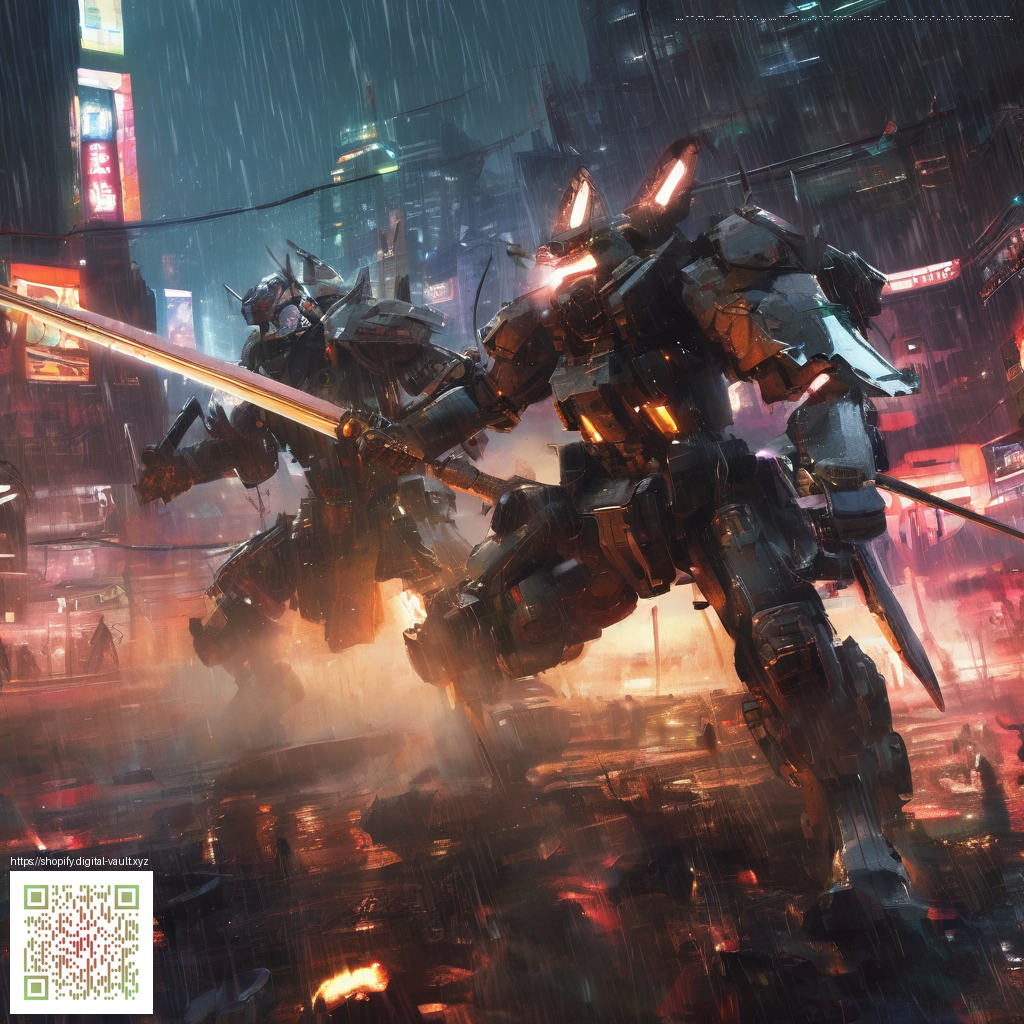
Understanding the Production Hurdles in Total War Warhammer III
In the realm of grand strategy games the line between ambition and execution often narrows to a single moment of truth. Creative Assembly faced a mountain of expectations with the latest Warhammer entry as fans awaited a seamless blend of empire management and cinematic large scale battles. The project demanded not just new factions and campaigns but a robust engine that could scale across a wide array of PC configurations while preserving the visual grandeur players expect. This combination created a set of production challenges that shaped how the game evolved after its initial release.
From day one the team needed to balance a sprawling campaign map with real time battles that can field thousands of units on screen. The complexity multiplies when players push tactical limits with siege warfare and magic heavy engagements. And then there is the tech side. Optimizing pathfinding AI decision making and the user interface to stay responsive during peak siege moments tests even seasoned development crews. The result is a constant cycle of tuning that can feel slow to players waiting for more content but is essential for long term health of the title.
Update cadence and major expansions
The post launch era for a game of this scale hinges on a clear and sustainable update plan. Developers have embraced a live service mentality in which balance patches arrive alongside quality of life improvements and new content that broadens the strategic landscape. Free updates and short term expansions often accompany fixed price DLCs. In Warhammer III the release of a comprehensive expansion that merges campaigns and expands the sandbox significantly marked a turning point. That expansion not only added content but re structured the progression so players can experience a larger, interconnected playground with greater variety.
Community members often spot the subtle shifts that signal a healthy update cycle. You notice faster load times after a hot fix, smoother frame pacing during mass battles, and better performance on mid range rigs. While some patches are small in scope others reshape core systems such as diplomacy balance or campaign pacing. The sense that the game is continually evolving keeps players engaged and fuels debates about future directions.
Gameplay analysis and design decisions
What stands out in terms of gameplay is the emphasis on choice and consequence. Decisions on the campaign map ripple into battle readiness and supply lines. The pacing of strategic options feels deliberate so players can plan grand schemes without being drowned in micromanagement. Critics and fans alike discuss how magic and morale dynamics interact during the heat of battle. The development team uses player feedback to tune these interactions and keep the meta fresh.
Creative Assembly stresses that ongoing support is a core pillar of the title. The team views every patch as a chance to refine core loops while inviting modders and players to experiment within the Warhammer universe.
Modding culture and community energy
Modders play a crucial role in extending the life of large scale strategy games. Even with official expansions we see dedicated creators offering tweaks that improve balance, adjust unit stats, or present alternative campaign narratives. The Steam Workshop remains a hotbed for these efforts and the community often shares tutorials that help newcomers understand how to safely mod large campaigns. This collaborative energy helps the game breathe beyond its official lifecycle and invites players to author their own stories within the fantasy sandbox.
The openness to community feedback also shows in how players propose balance changes and new content. Discussions often circle back to performance, user interface clarity, and the accessibility of late game systems. When patches land players test scenarios that were previously theoretical and reveal new optimizations that the team then incorporates in the next round. It is this loop that keeps the title relevant years after the initial release.
Developer commentary and future directions
Interviews and developer diaries offer a window into the decision making behind the scenes. The team emphasizes a desire to sustain a living, breathing strategy experience rather than a one off product. Players can expect continued updates that address both systemic issues and content expansion. The philosophy is to broaden the fantasy sandbox while maintaining a coherent design language that fits the Warhammer universe. This balance between spectacle and systems design is what makes the experience feel both grand and purposeful.
As the community looks ahead, conversations often focus on potential new factions, additional campaigns, and improvements to the user experience. While the exact content slate remains under wraps, the pattern of thoughtful updates and responsive support is evident. For fans who crave depth and replayability, the roadmap offers plenty of reasons to stay invested and keep pushing their empires to new heights.
For readers who crave a deeper dive into the broader strategic implications of ongoing support, the materials from a variety of sources across the network offer rich perspectives that connect the dots between game design and player culture. The ongoing conversation around live service models demonstrates how a single title can host a vibrant, evolving community that shapes its own destiny.
Donate Now and Support a Decentralized InternetMore from our network
- Provoke the Trolls community deck archetypes unleashed
- Exploring hot stars through blue color index and a 30900 k giant
- Tezzeret gatebreaker mana curve simulation results and strategies
- Hot blue giant illuminates galactic flows through radial velocity
- Future directions in mtg design agent of the iron throne